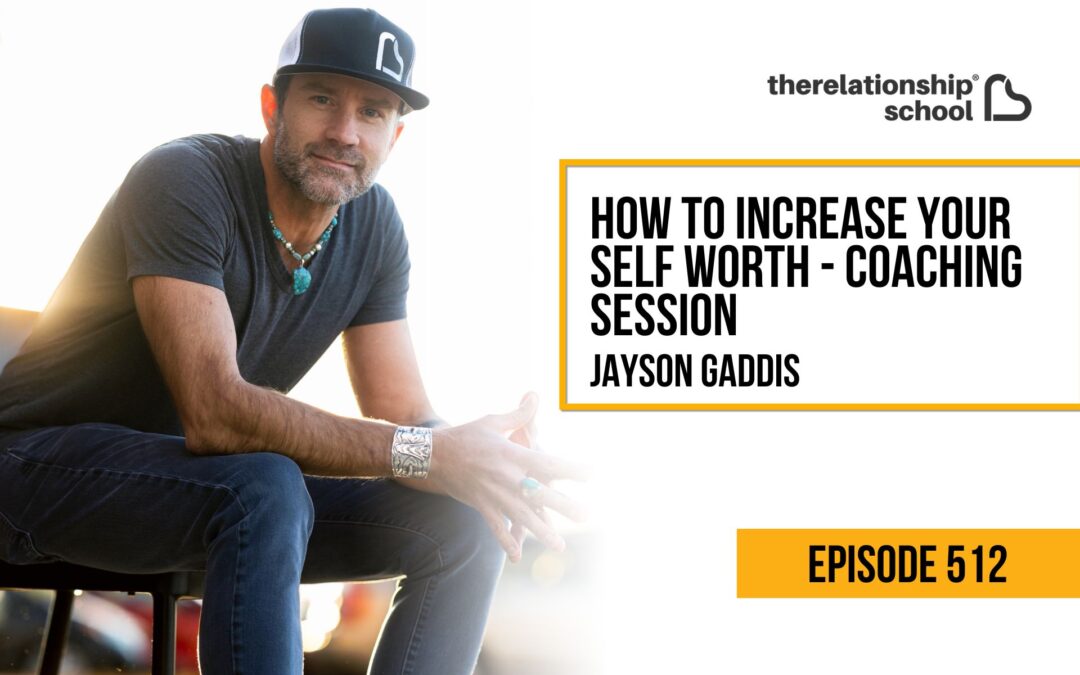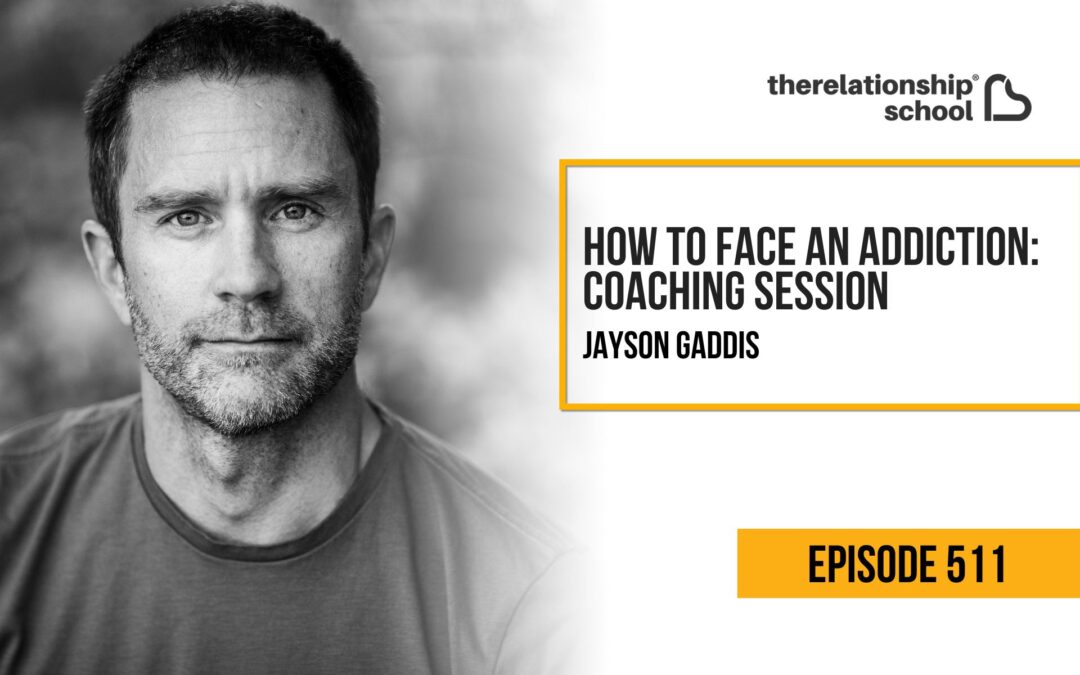Extrinsic vs. Intrinsic Motivation: How To Motivate And Prepare Your Child For Life
There’s one mistake I see many parents make.
They’re too directive.
Instead of allowing their child to try out new things, they plan their lives way ahead. “You’ll play the piano”. “You’ll go to this college and work this job”.
I know they want the best for their child, but this is dangerous.
If you’re too directive with your kid and tell them to do something, they’ll only feel accepted if they’re able to fulfill these expectations. And as a consequence, they’ll seek their self-confidence not within, but from others’ validation.
In the episode, teacher & author Jessica Lahey told me at least 80% of her students believe their parents love them more if they get high grades.
This is deadly for your child’s motivation, here’s why:
First of all, we divide between extrinsic and intrinsic motivation. If you don’t know the difference, here’s a quick rundown.
Extrinsic vs. intrinsic motivation
Extrinsic motivation comes from the outside. It’s when you engage in an activity/behavior because you want to get a reward or avoid punishment. Usually, we do these things not because we like them, but rather because of the desired outcome.
Examples:
- Playing the piano because your parents tell you to
- Learning for school because you don’t want bad grades
- Working out to get compliments from others
This works well in the short run, but if you take away the outcome, all motivation vanishes.
This can be useful to motivate your child, but don’t rely on it.
If a child learns to do things only because of a reward, they’ll have serious trouble getting motivated and finishing things on their own.
Intrinsic motivation comes from the inside. It’s when you engage in something because you enjoy it, not because of any external rewards.
Examples:
- Playing the piano because you enjoy it and want to get good better
- Learning for school because you love learning and want to get your dream job
- Working out to feel happier and healthier, not because of others
While external motivation dries up fast, intrinsic motivation keeps us going in the long run.
What does all that mean for your child?
You should aim to keep a healthy balance of extrinsic, and intrinsic motivation.
Teaching your child to be intrinsically motivated will make them a happier and more successful person.
3 ways to ignite your child’s intrinsic motivation
- More autonomy
Give your child enough autonomy to make their own decisions and experiment with what interests them. That way, they’ll learn to be more self-disciplined and do things regardless of external rewards.
- Support your child instead of directing them
As a child, most of us had no idea what we wanted. Help your child to find out what they enjoy and support them on their journey there. Encourage them to learn from every failure and always keep going.
- Focus on the journey, not the destination
Focusing on results makes your child insecure and anxious. Instead, focus on the process, and you’ll be surprised by the results.
Intrinsic motivation is crucial to succeeding in the long run. I hope these tips will help you motivate your child and see them succeed.
If you’re curious to find out more about motivation, failure, and addiction, listen to the full episode here:



















Thanks for this, very helpful
Welcome, glad it’s helpful to yo
Thanks Jayson I’m actually loving all this stuff. It’s hard to hear that I do so many things wrong as a parent and in my relationships but I’m realising more and more it’s partly due to my upbringing, as I’m single with the teenager and toddler and I’m torn trying to be better so sometimes I just don’t but this really helps to motivate me and gives me some good insights and tools to use. Thank you from all the way in Australia
hi Shelley, thanks for sharing and so glad to hear you’re inspired and working on yourself and your parenting skills. Those are some fortunate kids you’ve got =)